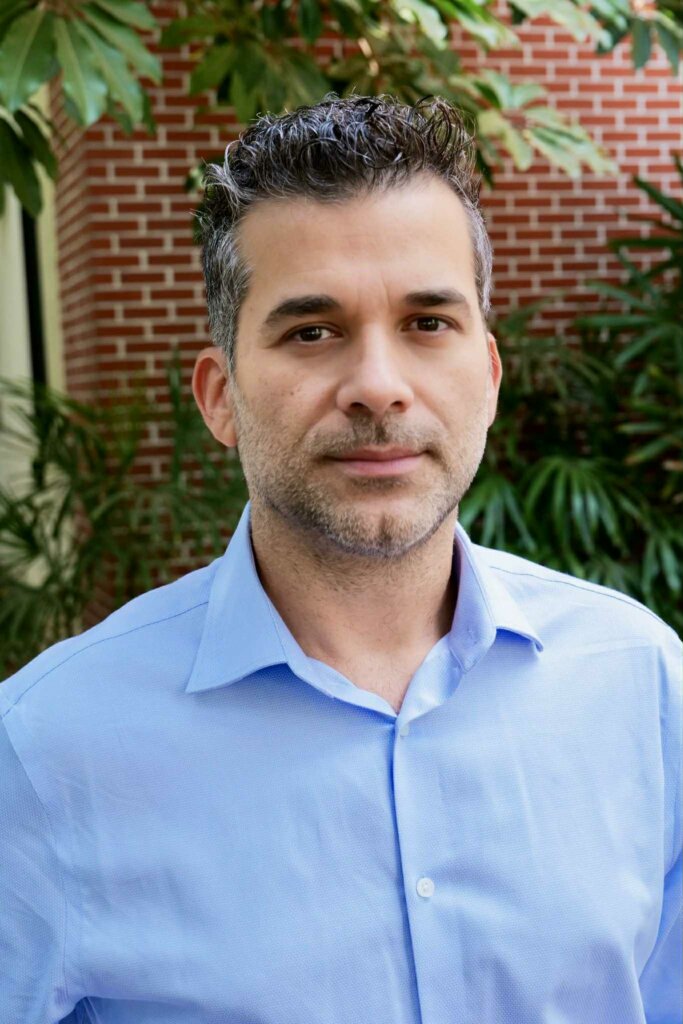
2025 Seed Grant
Vasileios Christopoulos, Ph.D.
University of Southern California
This research aims to better understand how the brain and spinal cord work together to control urination, a process known as micturition. In healthy individuals, this process is carefully coordinated so the bladder can store and release urine at the right times. However, neurological conditions such as spinal cord injury, multiple sclerosis, or Parkinson’s disease can disrupt the micturition process, leading to problems like incontinence or difficulty emptying the bladder. These conditions can greatly affect quality of life, especially in older adults. Currently, scientists do not fully understand how the brain and spinal cord coordinate during micturition. One reason is that existing brain imaging methods, like MRI, lack the resolution, sensitivity, and comfort needed to study this process – especially in the spinal cord, which plays a key role. In this study, we are using a new technique called functional ultrasound imaging (fUSI), which allows us to see detailed changes in blood flow in the brain and spinal cord in real time. This method is fast, precise, and sensitive enough to detect small changes in neural activity. Using animal models, we track how different regions of the nervous system respond as the bladder fills and empties. We are also developing artificial intelligence tools that can learn to recognize patterns in the brain and spinal cord signals and predict changes in bladder pressure. This work could eventually lead to brain and/or spinal cord interfaces that help restore bladder control in people with neurological disorders. Ultimately, our goal is to uncover how the nervous system controls micturition and use that knowledge to guide new, more effective treatments for neurogenic bladder dysfunction.

